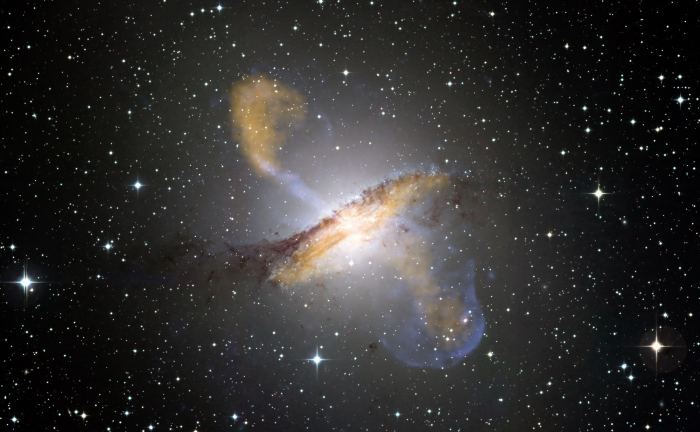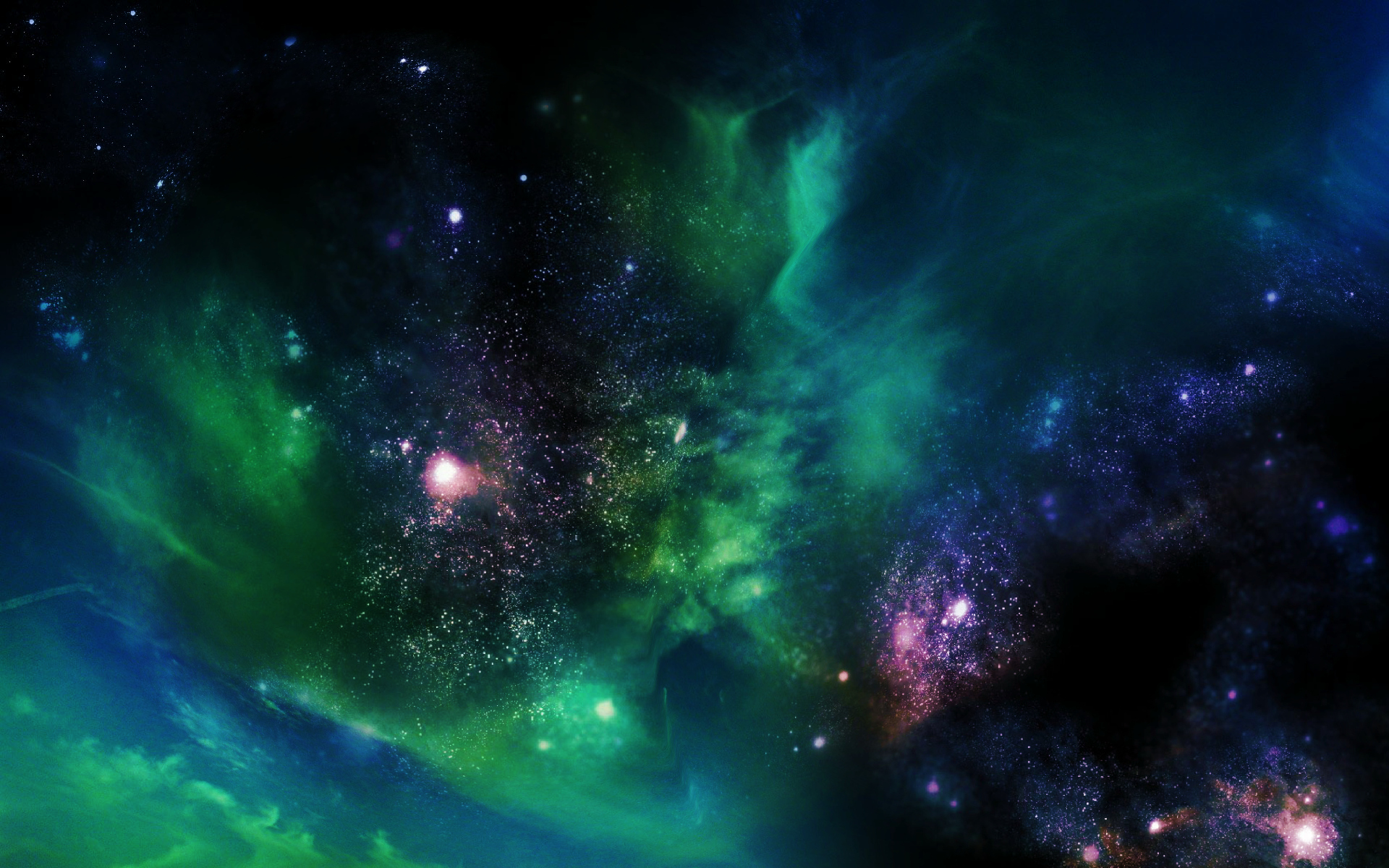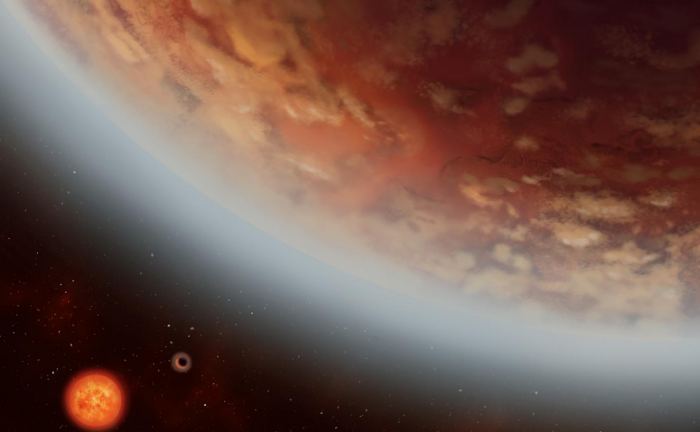
A new study by a team of international astronomers has provided the first direct evidence that supermassive black holes affect star formation in their galaxies.

The Genes in Space-3 team turned a possibility into reality in 2017, when it completed the first-ever sample-to-sequence process entirely aboard the space station.
The Hubble Space Telescope was used to capture imagery of NGC 5256 (also known as Markarian 266). The interacting galaxies are 350 million light-years from Earth, in the constellation of Ursa Major.

Looking to the center of our galaxy, astronomers noted the presence of a mysterious filament extending from the supermassive black hole located there.

GJ436, a red dwarf located about 33 light-years from Earth has a planet that behaves very much like a comet. And according to a recent study this planet also has a very peculiar orbit.

Merging Neutron Stars Challenge Existing Theories of Gravity and Dark Energy.

According to the latest findings, it seems that ‘Oumuamua may actually be more icy than previously thought (thus indicated that it is a comet) and is not an alien spacecraft as some had hoped.

Another step closer to the start of space tourism. This version of the six-seat tourist vehicle, Crew Capsule 2.0, notably included windows.

Friday's launch went off without a hitch, with the Falcon 9 booster sending a Dragon spacecraft into a good orbit to reach the ISS. This marks the company's 20th successful landing overall.

Google Machine Learning Technology recently helped scientists at NASA discover two new planets far outside the solar system.

NASA will be hosting a somewhat unusual press conference on Thursday to announce the latest find from its planet-hunting Kepler Space Telescope.

This black hole resides in a luminous quasar and its light reaches us from when the Universe was only 5 percent of its current age — just 690 million years after the Big Bang.

The Echelle SPectrograph for Rocky Exoplanet and Stable Spectroscopic Observations (ESPRESSO) has successfully made its first observations.

While examining a previously-discovered exoplanet, an international team of astronomers discovered a second Super-Earth around the star.

The discovery is a major game-changer for planning our relationship with the Red Planet in the future. The good news: There will be salads.